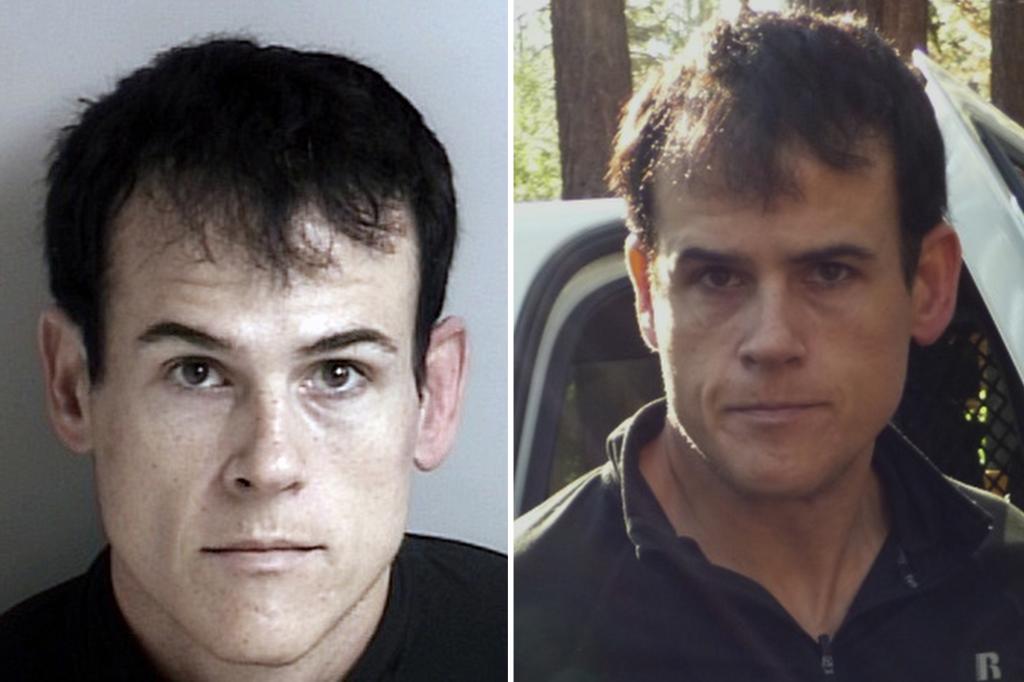Unmasking a Serial Predator: The Case of Matthew Muller
Matthew Muller, once a promising Ivy League-educated Marine, now stands accused of a series of terrifying home invasions spanning several years, culminating in the infamous 2015 kidnapping of Denise Huskins. His crimes, initially dismissed by authorities as a hoax reminiscent of the thriller "Gone Girl," have now come under renewed scrutiny thanks to advanced DNA testing and a deeper understanding of Muller’s disturbing pattern of behavior.
The newly unearthed cases from 2009, occurring six years prior to the Huskins kidnapping, paint a chilling picture of a predator meticulously planning and executing his attacks. In both instances, Muller targeted women in their 30s, invading their homes in the predawn hours. He employed a consistent modus operandi, involving restraints, forced ingestion of sedatives, and threats of sexual assault. The similarities between these attacks and the later Huskins abduction are striking, revealing a disturbingly consistent methodology.
In the first 2009 incident, Muller allegedly broke into a Mountain View home, tying up the resident and forcing her to consume a mixture of drugs. He explicitly stated his intention to rape her, but ultimately relented, offering the bizarre advice to get a dog before fleeing the scene. Just weeks later, Muller struck again in Palo Alto, using a similar approach. He bound and gagged his victim, forcing her to drink Nyquil. He then proceeded with his assault, but stopped mid-act, instead offering unsolicited crime prevention tips before making his escape.
These early cases, while initially unsolved, foreshadowed the more widely known Huskins kidnapping. In March 2015, Muller drugged Huskins and her boyfriend, Aaron Quinn, in their Vallejo home. He then abducted Huskins, transporting her to a Lake Tahoe cabin where he subjected her to a two-day ordeal of sexual assault. He eventually released her in Southern California, leaving behind a trail of disbelief and suspicion. Police initially dismissed Huskins’ account, attributing the incident to a fabricated "Gone Girl" scenario orchestrated by her boyfriend.
The skepticism surrounding Huskins’ claims added another layer of trauma to her ordeal. The public scrutiny and the initial dismissal by law enforcement compounded the psychological impact of her abduction and assault. It wasn’t until Muller’s connection to another home invasion in Dublin, California, that the truth began to emerge. His arrest in June 2015 finally validated Huskins’ story and exposed Muller’s predatory nature.
The subsequent investigation and Muller’s guilty plea in the Huskins case brought a measure of justice, but the full extent of his criminal activities remained hidden until the recent breakthrough in DNA analysis. The advanced testing linked Muller’s DNA to straps used to restrain one of the 2009 victims, reigniting interest in the cold cases and leading to the current charges.
With these new charges, Muller faces the prospect of spending the rest of his life behind bars. The Santa Clara District Attorney’s Office is determined to hold him accountable for the full scope of his crimes, ensuring that he never again poses a threat to the community. The chilling details of his offenses, while seemingly ripped from a Hollywood script, are a stark reminder of the real-life horrors perpetrated by individuals like Muller.
The case of Matthew Muller underscores the importance of persistent investigation and the utilization of advanced forensic techniques in solving complex crimes. It also highlights the devastating impact of sexual assault on victims and the need for a more empathetic and responsive approach from law enforcement and the justice system. While the scars of these traumatic events may never fully heal, the pursuit of justice offers a glimmer of hope for closure and a sense of vindication for the survivors. The ongoing legal proceedings aim to hold Muller fully accountable for his actions and prevent future acts of violence. His case serves as a chilling reminder of the darkness that can lurk beneath the surface of seemingly ordinary lives and the importance of vigilance in protecting vulnerable individuals from predators like Muller.

